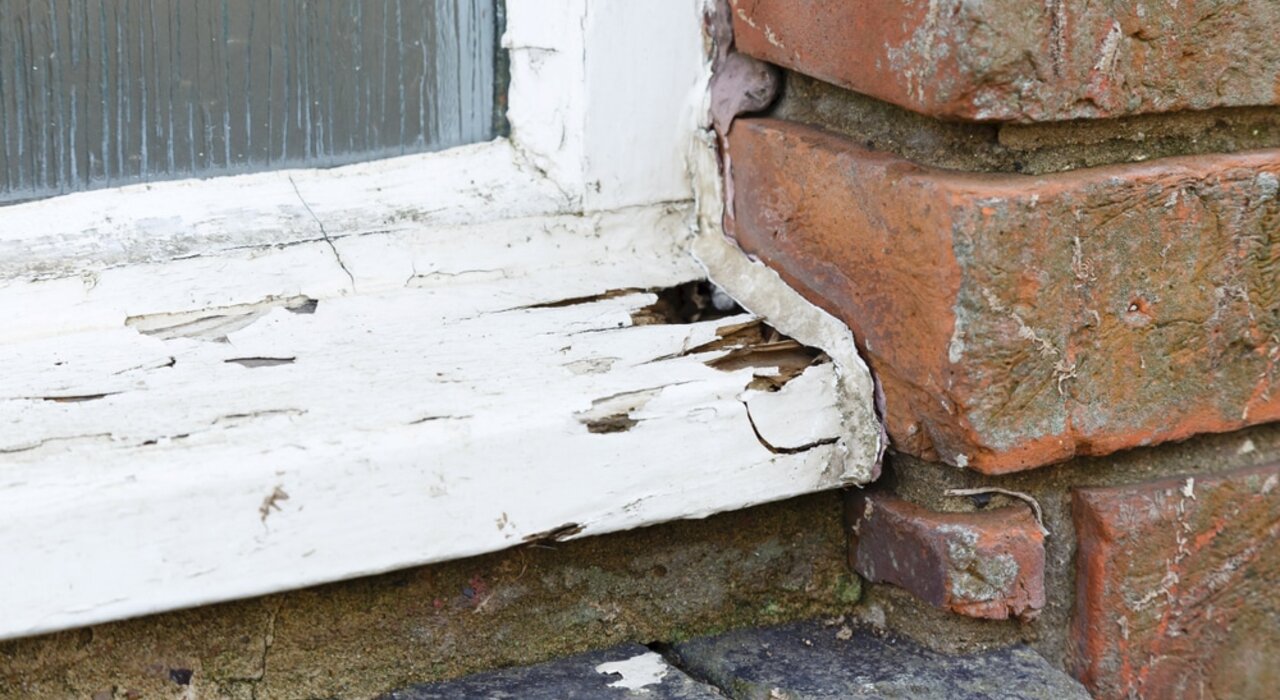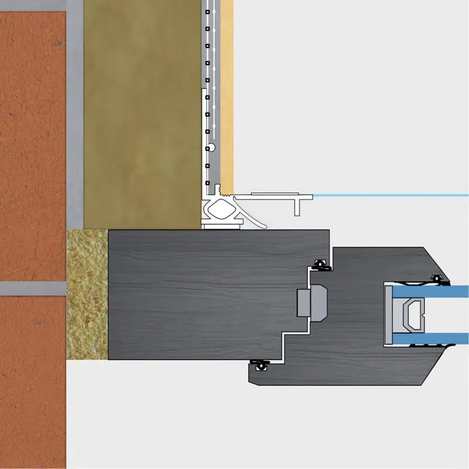
Water ingress and damp are common problems for many properties. Water will inevitably find the path of least resistance in homes. The presence of damp can often confuse people, especially regarding its source and how to fix the issues. In this blog, we will discuss how water ingress occurs and how to prevent it.
What is water ingress?
Water ingress is the entrance of water into your property. The ingress can occur in various places but tends to locate minor weak points or openings. The major parts of your home susceptible to water ingress are the roof, the walls, and the internal.
Roof
- Blockage in gutters
- Defective roof surface
- Loose or displaced slates or tiles
- Faulty flashing around chimneys
Walls
- Missing or defective DPC (damp proof course)
- Deterioration of mortar in joints
- Blocked air bricks
- Bridging over the DPC
- Broken or cracked waste pipes
- Faulty sealant around windows
- Climbing plants - these can grow into the mortar and brickwork to create avenues
Internal
- Condensation - high atmospheric moisture
- Plumbing issues
- Various trapped moisture issues in flooring
Rising and penetrating damp
Any form of water ingress could result in damp forming within your property. Rising and penetrating damp are the two forms.
Rising damp stems from moisture present in the ground. This moisture enters the walls via capillary action and rises up the wall, hence the name. Rising damp will usually climb to a level of 1 metre; as a result, windows tend to be installed above this level.
Penetrating damp focuses on the above-listed failings, relating directly to the failing property structure or damp proofing. For example, any bridging or deterioration issues with the DPC will allow moisture to saturate the walls and penetrating damp to form. Timberwise stresses the issues around windows and penetrating damp. Gaps can form around the frame due to material deterioration or sealant issues. Water will seep in through these gaps.
What about condensation?
The Green Age discusses why condensation forms on the outside of new windows and the inside of older double-glazing windows. Internal condensation will form due to deteriorating materials around windows, creating avenues for air to enter and, in turn, interact with the warm air inside the property. When this warm air comes into contact with lower temperatures, that gas will no longer be able to retain its state, and the moisture will revert to its liquid state, coming to rest on the closest available surface.
How can I spot water ingress and damp?
The telltale signs are usually glaringly obvious:
- Damp patches
- Musty, damp spell
- Peeling off plaster
- Mould growth
- Wet & dry rot
- Peeling off paint
EWI Store's solutions
One of our solutions to the issue of permeable window frames is the application of basecoat and beading to seal in the external joint. A window reveal bead is the professional way to finish around windows and doors, creating a long-lasting weatherproof solution. Installers will often use silicone sealant around windows and doors, however with a lifespan of only a few years, the sealant often fails long before any maintenance is required on the rest of the thin coat render system.
EWI Store also offers a vast array of verge trims and over-sills. All of our over-sills are angled to ensure that the water droplets that drop from the top of the window due to the window head beads roll off the front. The over-sill is also designed to extend the length of an existing window sill, ensuring that it overhangs the insulation. This particular type of verge trim aims to prevent water ingress behind the insulation, which can cause serious damage. We also stock Dropdown Verge Trims, designed to go under sills, soffit boards and applications that require fixing from below. The Dropdown Verge Trim effectively ensures that water falls away from the system but minimises the requirement of expanding foam tape and/or a silicone sealant to ensure it is completely watertight.
Insulation will also play a part in water ingress and damp accumulation. External wall insulation should cause no issues with damp if properly installed. Many options like K5 and EPS remain vapour permeable. Cavity wall insulation can cause problems; injecting the solution into the cavity wall can move water to areas more exposed to ingress.
Update for 2024 - Roofline Closure Systems
Roofline Closure Systems is an approved solution for protecting external wall insulation (EWI) systems by closing off roof edges with robust metal flashings. This approach replaces old verge trims that caused water ingress and thermal bridging issues. It requires careful adherence to design principles, material specifications, and installation guidelines, including survey forms, designs, and approvals. The system offers a solution for rooflines that cannot be extended, helping to weatherproof and insulate solid wall properties. The Design Principles set out by SWIGA allow for various rooflines to be treated to the same standards. SWIGA have also set out the minimum material specifications for Roofline Closure Systems:
Suitable Base material:
- Minimum Aluminium specifications 1050A – Other higher grades are acceptable – 3000/5000.
- Minimum Stainless-Steel specifications 304 – Other higher grades are acceptable – 316.
Minimum thickness:
- 1.2mm aluminium with a +/- 10% tolerance for trim widths up to 160mm.
For trim widths over 160mm or trims to be used in exposed areas, (minimum 50 mm overhang 1.5mm aluminium must be considered for added strength and stability. Coating requirement:
- Polyester Powder-coated aluminium must have a minimum coating thickness of 40 microns to BS or Qualicoat standards, and Powder Coaters must be BS or Qualicoat-approved applicators. Pre-coated aluminium must be polyester coated on both sides, and the thickness must conform to EN 13523-1
- A marine-specified coating should be considered in areas exposed to severe wind-driven rain (Zone 4 of the BRE wind-driven rain map) or directly facing the coast.
If you have any other queries, drop us a comment below or call our sales team on 02045716484



